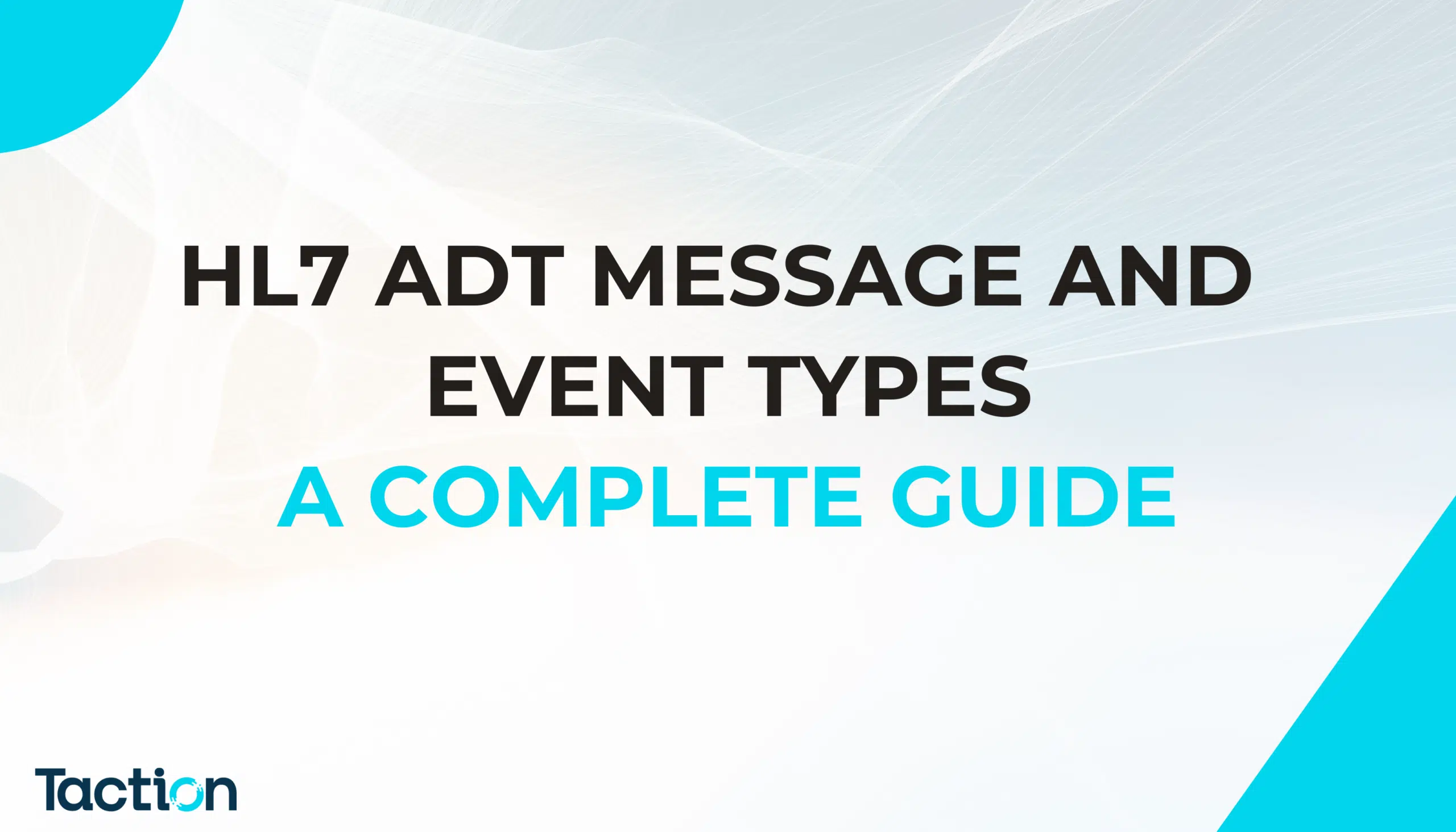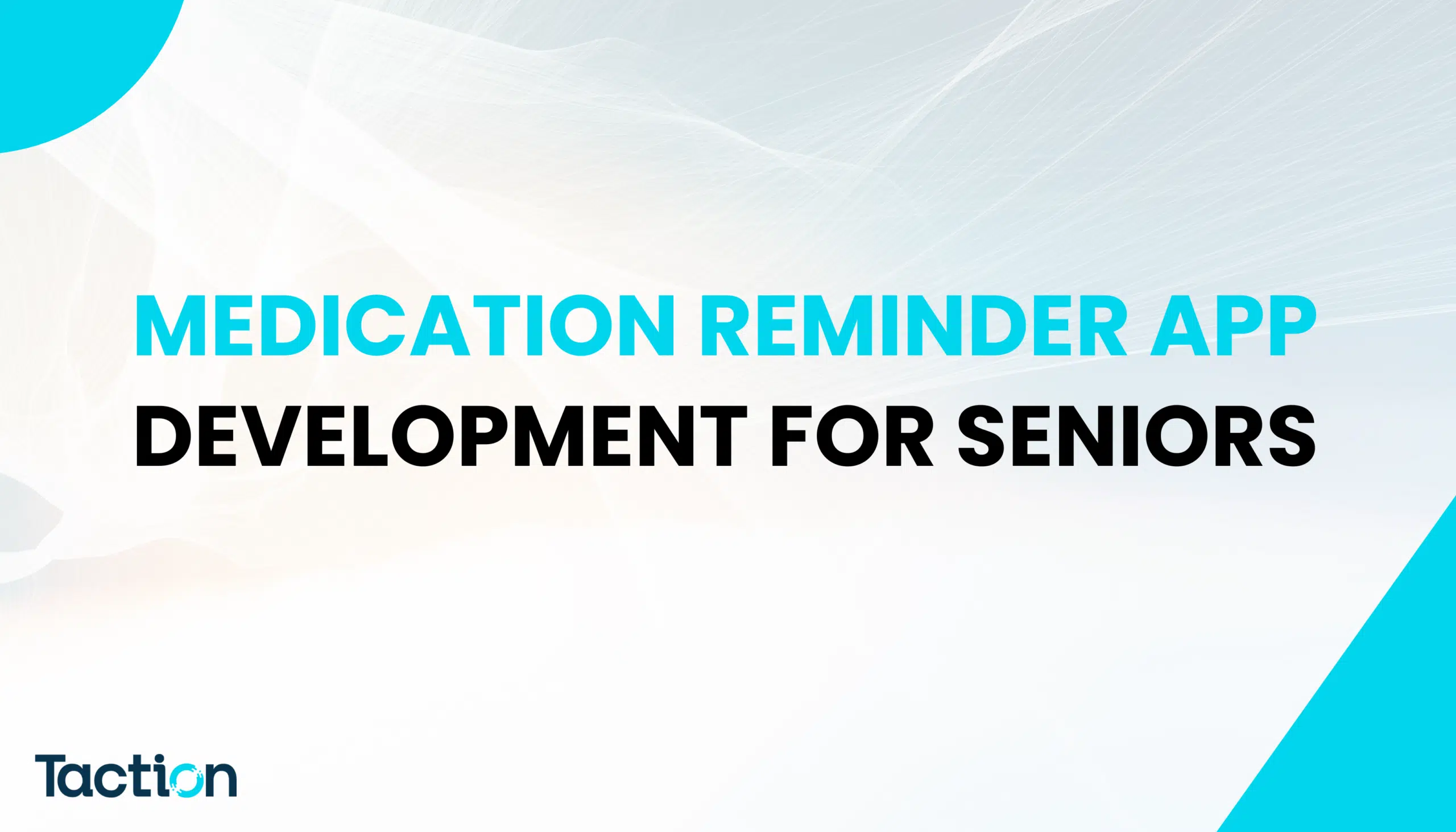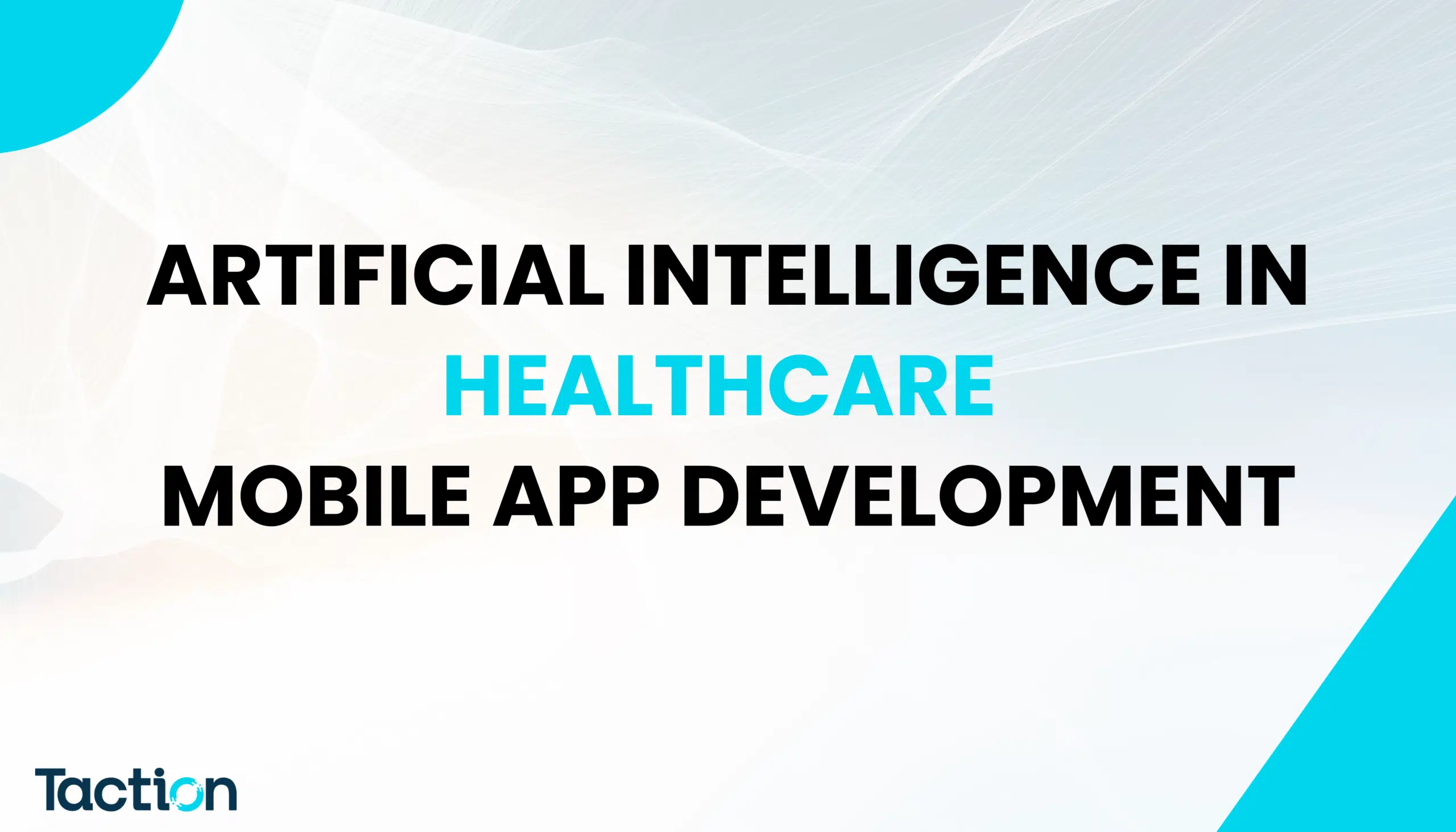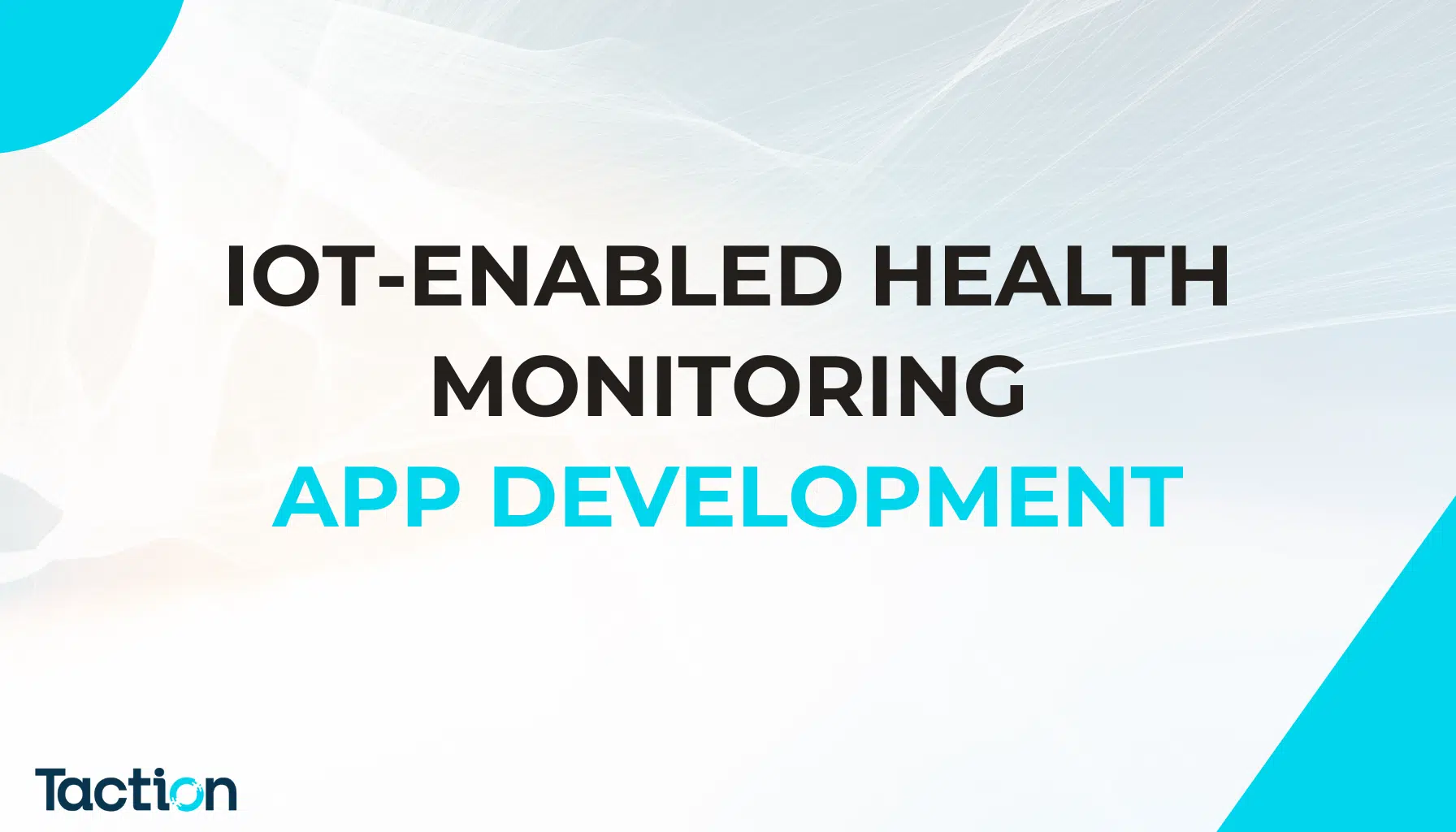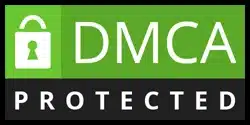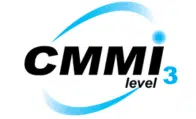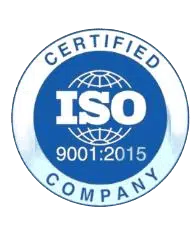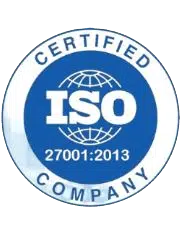Introduction to HL7 ADT Messaging
The HL7 ADT framework for Admission, Discharge, and Transfer messaging serves as a fundamental component to healthcare interoperability by allowing different hospital systems to communicate effortlessly. The system delivers patient information instantly with precision which enhances both operational efficiency and quality of patient care.
What is HL7 ADT Messaging?
The HL7 ADT system provides standardized communication of patient movement and demographic information among healthcare organizations. Hospitals use this system to monitor patient admissions and discharges while updating transfer and other information so that Electronic Health Records (EHRs) stay current. The Health Level Seven (HL7) protocol serves as the globally accepted standard for healthcare data exchange which these messages follow.
Role of ADT Messages in Healthcare Interoperability
Healthcare interoperability describes how various systems can share data and understand it without complications. ADT messages serve as the core component that drives this healthcare data management process.
- Enable real-time patient tracking across multiple hospital departments
- Facilitate coordination between healthcare providers, ensuring continuity of care
- Streamline workflow automation, reducing manual data entry errors
- Improve patient safety by providing accurate and updated health records
Why ADT Messages in HL7 Are Essential for Hospital Systems
In modern healthcare environments, ADT messaging is vital for:
✅ Efficient patient management – Ensures timely data sharing between registration, billing, and clinical systems
✅ Compliance with regulations – Supports adherence to standards like HIPAA and FHIR
✅ Better decision-making – Provides up-to-date patient information for clinicians and administrative staff
With 19+ years of expertise, Taction Software helps healthcare organizations optimize HL7 ADT messaging for seamless data exchange, reducing inefficiencies and improving patient outcomes.
What is an ADT Message in HL7?
Understanding ADT in HL7
HL7 utilizes an ADT message to transmit data about patient admissions, discharges, and transfers between healthcare systems. The HL7 v2.x standard incorporates these messages to facilitate structured communication among Electronic Health Records (EHRs), Hospital Information Systems (HIS), and other healthcare applications.
ADT messages operate on an event-driven basis because they activate whenever patient status updates occur like new admissions or discharges. Every ADT message type receives identification through unique event codes like ADT A01 for admitting patients and ADT A03 for discharges and ADT A08 for patient information updates.
How ADT Messages Facilitate Patient Data Exchange
ADT messages deliver immediate data transmission across hospital departments which lowers manual data entry mistakes and enhances workflow efficiency. Key benefits include:
- Seamless integration with EHR systems for up-to-date patient records
- Automated patient movement tracking, reducing administrative workload
- Better coordination between departments such as admissions, billing, and clinical teams
- Improved data accuracy to support better patient care and compliance with healthcare regulations
Real-World Use Cases of ADT Messaging in Hospitals
✅ Emergency Room Admissions (ADT A01) – When a patient arrives at the ER, an ADT A01 message is triggered to register the patient and notify other systems.
✅ Patient Transfer Between Departments (ADT A02) – If a patient moves from the ICU to a general ward, an ADT A02 message updates the patient’s location in the system.
✅ Discharge and Billing (ADT A03) – When a patient is discharged, an ADT A03 message ensures that billing and follow-up records are updated automatically.
✅ Updating Patient Information (ADT A08, A31) – If a patient changes their contact details, insurance, or emergency contact, an ADT A08 or ADT A31 message is sent to all integrated systems.
Understanding HL7 ADT Message Types
What Are ADT Message Types in HL7?
The HL7 framework employs ADT message types which operate as event-driven communication tools to transmit patient-related information throughout the healthcare system. These messages provide essential functionality for monitoring patient movements and demographic changes throughout hospital departments while enabling real-time data sharing between Electronic Health Records (EHRs), Hospital Information Systems (HIS), and billing systems.
List of ADT Messages Used in Healthcare
HL7 specifies numerous ADT message types designed for distinct purposes. Here are some commonly used ones:
- ADT A01 – Patient admission
- ADT A02 – Patient transfer between departments
- ADT A03 – Patient discharge from a hospital or care facility
- ADT A04 – Patient registration for outpatient or new patient visits
- ADT A05 – Pre-admit notification for scheduled admissions
- ADT A08 – Patient information update (e.g., change of address, insurance)
- ADT A31 – Modify existing patient information
- ADT A40 – Merge patient records in the system
Difference Between ADT Message Types and Other HL7 Messages
ADT messages specifically track patient movements and demographic updates while other HL7 messages handle diverse healthcare system functions.
- ORM (Order Messages) – Handles lab tests, prescriptions, and imaging requests
- ORU (Observation Result Messages) – Communicates diagnostic test results
- DFT (Detailed Financial Transactions) – Used for billing and financial data exchange
- SIU (Scheduling Messages) – Manages patient appointments and resource scheduling
ADT messages function to handle patient admission processes together with transfers and updates which helps hospitals keep precise patient records throughout every department.
Key Components of an HL7 ADT Message
HL7 ADT messages are composed of segments that hold critical patient data. Some of the key segments include:
- MSH (Message Header): Identifies the message type and sender/receiver details
- PID (Patient Identification): Contains patient demographics like name, DOB, and medical record number
- PV1 (Patient Visit Information): Provides details on the patient’s location, attending physician, and admission type
- EVN (Event Type): Specifies the type of ADT event (e.g., admission, discharge)
- NK1 (Next of Kin): Stores emergency contact information
- IN1 (Insurance Information): Includes patient’s insurance provider and policy details
Efficient hospital operations and seamless system interoperability depend on knowledge of HL7 ADT message types. The messages enable healthcare systems to maintain up-to-date patient information which leads to better patient care and improved operational processes.
ADT Event Types – What You Need to Know
What Are ADT Event Types?
HL7 ADT event types represent specific incidents that activate ADT messages in healthcare management systems. The ADT events process patient data modifications which allow immediate updates to admissions, discharges, transfers and demographic changes across integrated systems such as Electronic Health Records (EHRs), Hospital Information Systems (HIS), and billing systems.
Every ADT event type links to a designated HL7 ADT message which enables hospitals and clinics to keep precise patient records throughout different departments.
The Role of ADT Events in Patient Data Updates
ADT event types play a crucial role in maintaining real-time, error-free patient data by:
✅ Ensuring seamless patient movement tracking – Every time a patient is admitted, discharged, or transferred, an ADT message is sent to update their status.
✅ Improving interoperability – Different hospital departments and external healthcare providers receive instant patient information updates.
✅ Reducing manual data entry errors – Automation of ADT messaging minimizes the risk of inconsistent patient records.
✅ Enhancing clinical decision-making – Up-to-date patient information allows healthcare providers to make informed medical decisions in real time.
ADT Message Types
Common ADT Message Types and Their Functions
HL7 establishes various ADT event types designed for distinct purposes in patient record management. The following list details popular ADT message types along with their respective functions.
- ADT-A01 (Patient Admit) – Sent when a patient is admitted to a healthcare facility.
- ADT-A02 (Patient Transfer) – Sent when a patient is transferred from one facility or department to another.
- ADT-A03 (Patient Discharge) – Sent when a patient is discharged from the facility.
- ADT-A04 (Patient Registration) – Used for registering a patient for an outpatient visit.
- ADT-A05 (Pre-Admit) – Sent when a patient is pre-admitted before their actual admission.
- ADT-A06 (Change Outpatient to Inpatient) – Indicates a change from outpatient status to inpatient status.
- ADT-A07 (Change Inpatient to Outpatient) – Indicates a change from inpatient status to outpatient status.
- ADT-A08 (Patient Information Update) – Sent when there is an update to a patient’s demographic or clinical data.
- ADT-A09 (Patient Departing – Tracking Bed Status) – Sent when a patient is leaving a facility, tracking their bed status.
- ADT-A10 (Patient Arriving – Tracking Bed Status) – Sent when a patient arrives at a facility and their bed status is updated.
- ADT-A11 (Cancel Admit/Visit Notification) – Cancels an A01 (Admission) message.
- ADT-A12 (Cancel Transfer) – Cancels an A02 (Transfer) message.
- ADT-A13 (Cancel Discharge) – Cancels an A03 (Discharge) message.
- ADT-A14 (Pending Admit Notification) – Notifies of a planned future admission.
- ADT-A15 (Pending Transfer Notification) – Notifies of a planned future transfer.
- ADT-A16 (Pending Discharge Notification) – Notifies of a planned future discharge.
- ADT-A21 (Patient Left Without Being Seen) – Indicates that a patient left before being attended to.
- ADT-A22 (Cancel Leave of Absence) – Cancels a previously recorded leave of absence.
- ADT-A28 (Add Person Information) – Used when adding new patient demographic information.
- ADT-A31 (Update Person Information) – Used to update existing patient information.
- ADT-A40 (Merge Patient Records) – Sent when two patient records are merged.
The foundation for real-time patient data management relies on ADT event types to enable seamless communication between healthcare systems. Automation of data updates thrFough these events helps hospitals minimize errors and boost operational efficiency.
Most Common HL7 ADT Messages Explained
Healthcare facilities depend on HL7 ADT messages for effective patient movement management and status updates. Our discussion includes the main ADT message types alongside their respective functions and their role in hospital operations.
ADT A01 – Patient Admit Message
When Is ADT A01 Used?
Healthcare facilities initiate an ADT A01 message whenever a patient begins their stay within the hospital system. Healthcare systems such as EHRs and billing departments along with care providers receive this message when a patient enters the facility and needs additional medical care.
Structure of an A01 HL7 Message
An ADT A01 message typically includes:
- MSH (Message Header): Identifies sender, receiver, and message type
- PID (Patient Identification): Contains patient details (e.g., name, DOB, ID)
- PV1 (Patient Visit Information): Captures admission type, attending physician, and room assignment
ADT A02 – Patient Transfer Message
Purpose of ADT A02
The ADT A02 message serves the purpose of documenting patient transfers between different hospital units or departments. Real-time system updates occur to prevent departmental miscommunication.
Data Elements in an A02 HL7 Message
Key segments in an ADT A02 message include:
- PID (Patient Identification): Confirms patient identity
- PV1 (Patient Visit): Records the previous and new locations within the facility
- EVN (Event Type): Specifies transfer details
ADT A03 – Patient Discharge Message
What Happens in an ADT A03 Event?
An ADT A03 message is sent when a patient is discharged from the hospital. This message ensures that:
- The patient’s status is updated across all systems
- The billing department is notified
- Follow-up instructions are recorded and shared
Sample A03 HL7 Message
A standard ADT A03 message includes:
- PID (Patient Identification) – Ensures accurate patient discharge
- PV1 (Patient Visit) – Includes final status (e.g., discharged home, transferred to another facility)
- DG1 (Diagnosis Information) – Records patient condition at discharge
ADT A04 – Patient Registration Message
How Does ADT A04 Work?
The ADT A04 message functions to document when a new patient completes registration at a healthcare facility without going through an admission process. Patients registering at outpatient departments and clinics as well as emergency room visits commonly utilize this process.
The Importance of HL7 A04 in Patient Record Management
- Ensures real-time patient registration updates
- Creates a unique patient record for future visits
- Helps with scheduling, billing, and insurance verification
ADT A05 – Pre-Admit Message
When Do Hospitals Use ADT A05?
Healthcare facilities send the ADT A05 message to indicate that a patient has an admission schedule but has not yet come to the facility. The system enables hospitals to organize necessary resources ahead of the patient’s admission.
Examples of A05 HL7 Messaging
- A scheduled surgery requiring pre-admission paperwork
- Planned inpatient treatment, where beds need to be reserved
- Specialist referrals, where a patient is being transferred for a procedure
ADT A08 – Patient Information Update
Why Is ADT A08 Critical?
Healthcare systems require ADT A08 messages for essential updates to patient demographic data and medical records. These updates include:
- Change of patient address or contact details
- Insurance provider updates
- Correction of patient identification errors
Common Scenarios for A08 HL7 Messages
- A patient updates their insurance after a job change
- Correction of misspelled patient details in hospital records
- A new emergency contact is added to the patient file
ADT A31 – Update Person Information
How Is ADT A31 Different from A08?
Both ADT A08 and A31 messages are used for patient updates, but:
- ADT A08 is for general updates, including address and insurance details
- ADT A31 is used for patient identification updates, such as name corrections
Role of ADT A31 in Patient Record Updates
- Ensures accurate identity management in hospital databases
- Prevents duplicate patient records
- Helps in correcting mismatched records during patient care
HL7 ADT message types serve as fundamental components in patient data management which boosts efficiency and accuracy while enabling real-time hospital interoperability. Taction Software uses its nineteen-year expertise to deliver customized HL7 ADT solutions which enable efficient patient data sharing and hospital workflow optimization.
How ADT Interfaces Work in Healthcare Systems
What Is an ADT Interface?
The ADT interface serves as a healthcare data integration platform that facilitates real-time transmission of Admission, Discharge and Transfer messages across hospital systems. The system guarantees accurate transmission and updates of patient information across Electronic Health Records (EHRs), Hospital Information Systems (HIS), and billing applications.
Healthcare applications communicate seamlessly through ADT interfaces which utilize HL7 messaging standards for their construction. The interfaces guarantee that all system connections receive and process information instantly when a patient admission, transfer, or discharge occurs.
How ADT Messaging Integrates with EHR and HIS
Hospital departments depend on ADT messages to maintain synchronized patient records. This section explains the method by which ADT interfaces function to maintain seamless data transfer.
✅ EHR Integration – An EHR system updates patient status when it receives an ADT message such as ADT A01 for patient admission so doctors and nurses can access real-time data.
✅ Hospital Information System (HIS) Integration –ADT messages serve as a connection between the administrative side and clinical activities. The HIS system updates bed availability while generating discharge summaries and billing records upon patient discharge (ADT A03).
✅ Billing and Insurance Systems – The ADT messages help maintain correct patient information within financial systems which facilitates efficient insurance claims management and billing operations.
The Importance of Real-Time Patient Data Exchange
Patient safety, operational efficiency, and compliance depend on efficient real-time data exchange. ADT interfaces help healthcare providers by:
🔹 Reducing Errors –The automation of patient data updates eliminates manual entry mistakes and prevents duplicate records.
🔹 Enhancing Patient Care –Medical professionals receive current patient history which enables them to make quicker and more informed decisions.
🔹 Improving Workflow Efficiency – Hospital employees can monitor bed availability and coordinate patient transfers while streamlining discharge operations.
🔹 Ensuring Compliance – ADT messaging operates within HL7 standards and meets necessary regulatory requirements including HIPAA and FHIR to ensure secure data transmission.
Conclusion
HL7 ADT interfaces serve as a critical element in healthcare interoperability by enabling smooth patient data flows between EHR systems, HIS platforms, and financial systems. Taction Software excels at providing tailored ADT integration solutions through its 19+ years of expertise to help hospitals manage patient data accurately and efficiently while maintaining real-time operations.
Challenges and Best Practices for ADT HL7 Messaging
Common Challenges in ADT HL7 Implementation
ADT HL7 messaging implementation requires complex coordination because it demands seamless interoperability between systems while meeting compliance standards and ensuring real-time data exchange. Some common challenges include:
🔴 Data Inconsistencies Across Systems – Differences in data formats and HL7 versions can create patient record discrepancies resulting in admission and transfer discharge errors.
🔴 Integration with Legacy Systems – A large number of hospitals operate with HIS and EHR systems that lack full support for modern HL7 ADT message structures which complicates system integration.
🔴 Message Delivery Failures – ADT message transmission fails when network downtime occurs alongside interface failures or incorrect configurations which causes delays in patient care updates.
🔴 Security and Compliance Concerns – Protecting sensitive patient data within ADT messages requires strict adherence to HIPAA and FHIR along with other regulatory standards to avoid data breaches and unauthorized access.
Best Practices for ADT Messaging in Healthcare Interoperability
Healthcare entities must implement and integrate ADT HL7 messaging following established best practices to address these challenges.
✅ Standardized HL7 Implementation – Healthcare systems achieve seamless interoperability by using consistent HL7 messaging formats and protocols.
✅ Comprehensive Interface Testing – ADT interfaces require extensive testing before deployment to identify transmission issues alongside formatting and processing errors.
✅ Real-Time Monitoring and Error Handling – Monitoring tools enable healthcare providers to track message flows while detecting failures and resolving frequent errors automatically.
✅ Scalable Integration Solutions – Cloud-based and API-driven HL7 solutions enable straightforward integration with modern EHR systems, HIS platforms, and third-party applications.
✅ Role-Based Access Control (RBAC) – The application of RBAC alongside encryption enables exclusive access to ADT messages for authorized personnel while preserving data security and regulatory compliance.
Ensuring Data Accuracy and Compliance in ADT HL7
Maintaining data integrity and compliance is critical for patient safety, legal adherence, and interoperability. Healthcare providers can achieve this by:
🔹 Automating Data Validation – Using validation tools to detect and correct errors in ADT messages before transmission.
🔹 Implementing HL7 Auditing Mechanisms – Regular audits help track message history, detect unauthorized access, and ensure adherence to compliance standards.
🔹 Adopting FHIR for Future-Proofing – While HL7 v2.x is widely used, transitioning to FHIR-based ADT messaging improves scalability, security, and real-time data exchange.
Conclusion
HL7 ADT messaging stands as the central framework for healthcare data exchange despite facing multiple challenges. Hospitals that follow best practices and maintain compliance will achieve better interoperability and data integration while delivering improved patient care.
Taction Software brings over 19 years of expert knowledge in Fdelivering secure and accurate ADT HL7 integration solutions that enable healthcare organizations to manage patient data efficiently.
Why HL7 ADT Messaging Matters
Summary of ADT Message Types in HL7
Healthcare systems depend on HL7 ADT messages to manage patient data effectively. The ADT A01 (admit), ADT A03 (discharge), ADT A08 (update patient information), and ADT A31 (modify patient identity) messages provide real-time synchronization of patient records between systems such as EHRs, HIS, and billing platforms. The standardization of patient data exchange through ADT messaging results in improved accuracy while streamlining workflows and decreasing administrative mistakes.
How Hospitals Benefit from ADT Messaging
Hospitals and healthcare providers rely on ADT messaging for:
✅ Seamless patient tracking – Ensuring up-to-date records across departments.
✅ Improved care coordination – Physicians, nurses, and staff receive real-time patient status updates.
✅ Operational efficiency – Reducing manual data entry and minimizing errors in patient record management.
✅ Regulatory compliance – Ensuring secure and compliant data exchange following HIPAA, HL7, and FHIR standards.
Future of HL7 ADT Messages in Healthcare Technology
As healthcare technology evolves, ADT messaging is expected to become more advanced, interoperable, and AI-driven. Future trends include:
🔹 FHIR-based ADT messaging for faster and more flexible data exchange.
🔹 AI-powered data validation to reduce message errors and improve accuracy.
🔹 Cloud-based ADT integration for scalability and seamless multi-system connectivity.
With 19+ years of experience, Taction Software provides cutting-edge HL7 ADT solutions, helping healthcare organizations optimize patient data exchange, improve interoperability, and enhance overall patient care.
FAQs on HL7 ADT Message and Event Types
The HL7 ADT message represents a specialized HL7 message designed to transmit healthcare systems’ patient Admission, Discharge and Transfer data. The system enables hospitals to share real-time patient information across EHRs and HIS platforms.
Some common HL7 ADT message types include:
- ADT A01 – Patient Admission
- ADT A02 – Patient Transfer
- ADT A03 – Patient Discharge
- ADT A04 – Patient Registration
- ADT A05 – Pre-Admit
- ADT A08 – Patient Information Update
- ADT A31 – Update Person Information
Healthcare systems send an ADT A03 message upon a patient’s departure from a hospital or healthcare setting. The system updates all necessary patient data along with billing information and care instructions to share across required systems.
The system sends an ADT A08 message as soon as patient demographic or medical data is altered. Such updates might involve modifications to addresses, insurance details, or contact information.
- ADT A04 (Patient Registration) – Used when a new patient record is created during registration.
- ADT A05 (Pre-Admit) – Used when a patient is scheduled for admission but has not yet arrived at the healthcare facility.
The ADT interface functions as a healthcare integration system which enables real-time patient admission, discharge, and transfer data communication across hospital systems to maintain smooth interoperability.
HL7 ADT messaging improves data precision while supporting interoperability and workflow automation which allows hospitals to:
- Reduce manual data entry errors
- Ensure real-time updates for patient records
- Improve coordination between departments
ADT messages enable uninterrupted transfer of data between Electronic Health Records (EHRs) and hospital systems to provide current patient information for clinical decision-making.
Some common challenges include:
- Ensuring data consistency across multiple systems
- Managing different HL7 versions and custom implementations
- Handling high-volume real-time ADT message processing
Taction Software has over 19 years of healthcare technology experience and excels in HL7 ADT message integration as well as customization and optimization to guarantee secure and compliant patient data exchange throughout healthcare systems.

